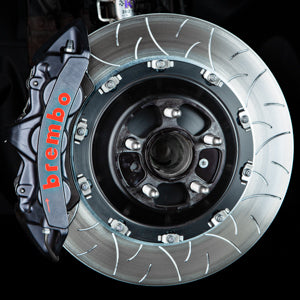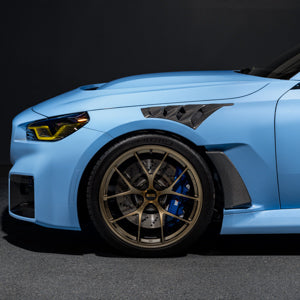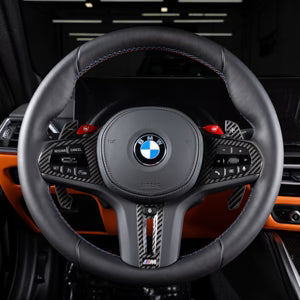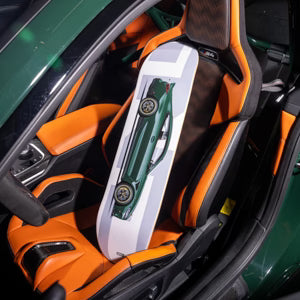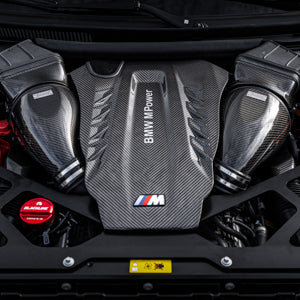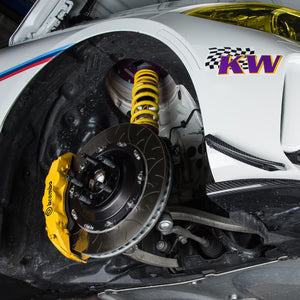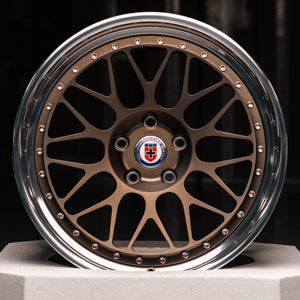
Eventuri F56 Mini Cooper S / JCW Carbon Intake System

Performance Increase Cooper S: 8-15hp, 15-25ft-lb
Performance Increase Cooper JCW: 15-27hp, 20-26ft-lb*
V-Box Acceleration Cooper S : 60-130mph Reduced By 0.6 Seconds
The F56 MINI Eventuri intake system is another example of our “Complete System” principal. It is a sealed system which ensures that the turbo does not draw hot air from the engine bay but enhanced with a functional bonnet scoop which forces ambient air into the intake duct. This duct has a larger internal volume than the stock version and also draws air from the stock location above the radiator. The combination of a sealed system with an air scoop results in lower intake temperatures than the stock airbox and avoids heat soak which is a common issue especially on higher powered MINIs. To ensure the smoothest flow possible we use our Patented filter housing coupled with a CNC machined MAF tube to ensure the smoothest possible flow to the turbo.



- Patented Carbon Fiber Venturi housing
- High Flow Generation 2 Filter
- Carbon Fiber Bonnet Inlet Scoop
- Carbon Fiber Intake Duct
- Carbon Fiber Front Scoop
- CNC Machined and insulated MAF Tube
- Laser Cut Stainless Steel Bracket Work

The filter housing comprises of a high flow filter, aluminium cowl, laser cut brackets and the carbon pod itself. The carbon pod shrouds the reverse mounted filter and smoothly shapes the airflow down to the intake tube. This smooth reduction in cross sectional area invokes the Venturi effect where the airflow accelerates whilst maintaining laminar conditions. It can be thought of as a large velocity stack.
The OEM intake system draws in air from behind the front grill, above the radiator. The openings for the intake of ambient air are relatively small and therefore can lead to heat soak of the intake especially on a tuned Mini. The OEM bonnet scoop does not provide air directly to the intake and since the bonnet already has 2 cut-outs under the scoop, we decided to utilise this feature and redevelop the scoop. Our scoop is a direct replacement of the OEM part and clicks into place using the same fastening method. It features 2 inlet ramps which guide external air through the existing cut-outs on the bonnet and into the inlet duct (see below). As the car speeds up, more air is forced into the duct keeping inlet temperatures to a minimum and avoiding the heat soak issue.

The scoop has a redesigned profile with a longer top surface to cover the openings which also provides a more aggressive look. Crafted from 100% prepreg carbon fibre, the scoop provides an incredible aesthetic to the vehicle. To further enhance the aesthetic feature – we used a V-shaped split weave with the carbon to give a symmetrical profile which works well as the scoop sits in the middle of the bonnet.


The OEM duct only draws air from behind the front grill and is very shallow over the slam panel. We have redesigned the duct to allow air in from the grill and also from the scoop. Furthermore, our duct has a much larger internal volume which allows the intake system to breath with less restriction. In order to protect against engine bay heat – the duct has a flexible rubber edging around the openings to the underside of the bonnet which seals to the bonnet once closed. It also has an expandable rubber edging around the opening to the filter housing which ensures a good seal to the filter as well as allowing movement with the engine.


Since we have a direct airflow path to the filter, it is important that we also allow for water to be drained before reaching the filter. In order to protect against excess water ingress, we have designed several features into the intake components as follows.
- 1) The top of the scoop covers the openings which stops rainfall entering the duct when the car is at a standstill.
- 2) The scoop has 2 flow directing ramps which also act as a water barrier by forcing the water to fall down onto the base of the duct rather than moving straight to the filter area.
- 3) The duct has 2 openings to allow water to drain out – above the radiator and also a drain hole before the filter housing connection.
- 4) The face of the duct as it meets the filter housing has a wall on which the rubber edging is secured. This wall stops any build up of water from directly entering the filter and water is drained through the extra drain hole.

Dyno tests were carried out on both a Cooper S and a JCW. The Cooper S had a stage 1 remap for both the stock airbox and the Eventuri. The JCW had a stage 2 remap and downpipe for both the stock airbox and Eventuri. The Cooper S showed a peak gain of approximately 8hp and 11ft-lb of torque but higher mid-range gains of 15hp and 25ft-lb of torque with a good gain through the RPM range. Similarly the stage 2 JCW saw peak gains of 15hp but much higher mid-range gains of 27hp and 26ft-lb of torque with a very good increase in performance throughout the RPM range. These performance gains were measured after only changing the stock airbox for the Eventuri intake – all other modifications were present for both the stock airbox and the Eventuri intake.
The gains measured on the dyno translates on the road to increased part throttle and full throttle response with the car pulling much more eagerly to the redline. The testing was done on the same day back-to-back and temperatures were monitored to ensure consistency. The car was tested firstly with the stock intake – hood closed. We then left the car on the dyno and installed the Eventuri. The car was then run again – hood closed. Several runs were carried out with both configurations to get a consistent result.
